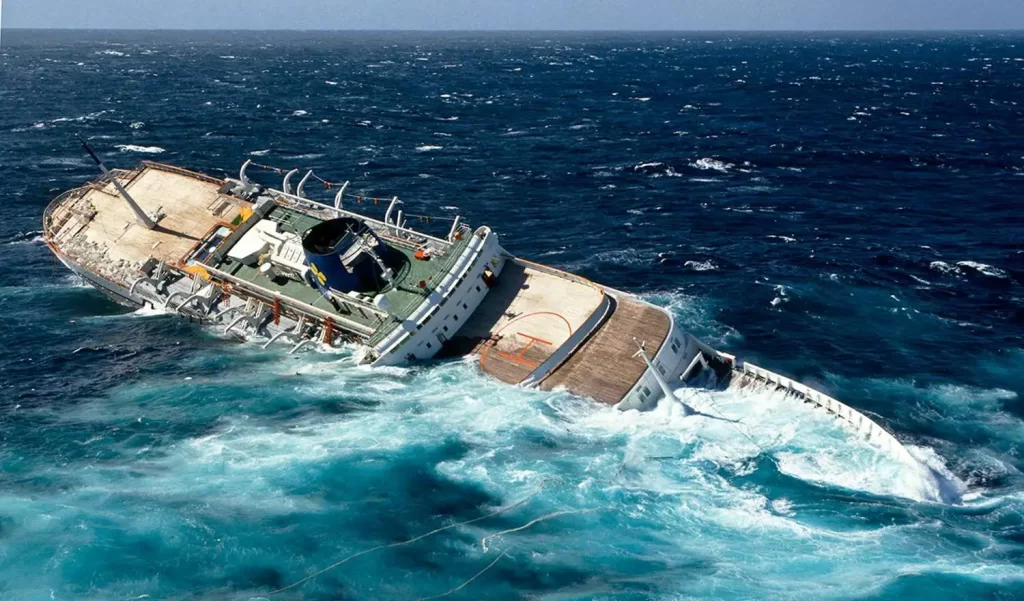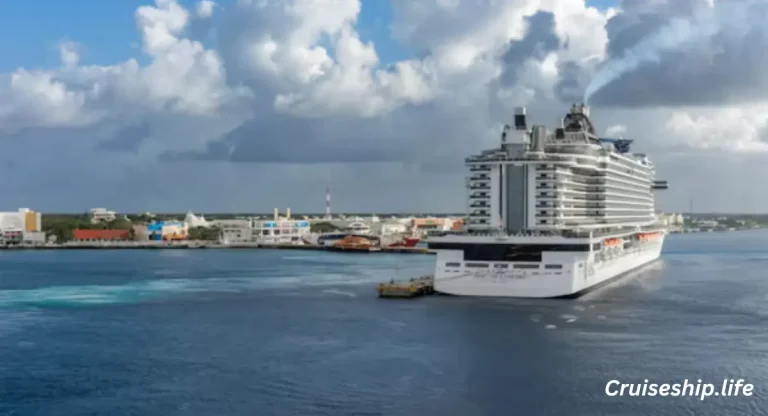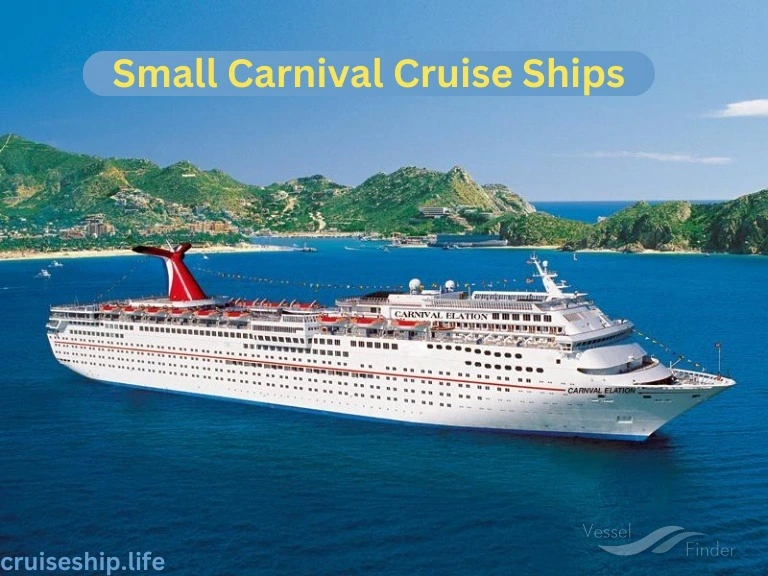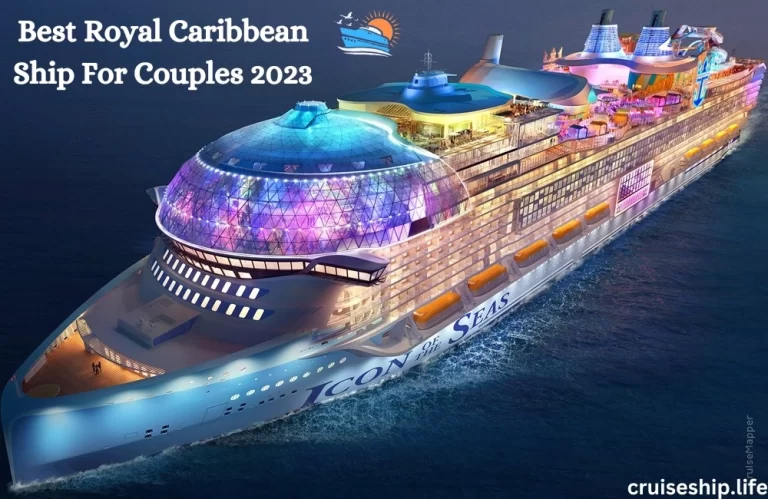A Closer Look at Cruise Ship Sinkings
Introduction:
Cruise vacations are synonymous with relaxation, luxury, and memorable experiences. For most travelers, setting sail on a cruise ship promises adventure, relaxation, and unforgettable memories. However, amidst the backdrop of opulent buffets, bustling entertainment, and breathtaking sea views, the maritime industry has seen its share of tragedies. In this blog, we will delve into the history, safety measures, causes, and human stories behind cruise ship sinkings.
How Many Cruise Ships Have Sunk?

The number of cruise ships that have sunk throughout history is relatively low in comparison to the vast number of cruises that take place annually. While cruise ship disasters are notable, they are rare occurrences. A few well-known incidents, such as the sinking of the Titanic in 1912 and the Costa Concordia in 2012, have captured global attention. These incidents have led to significant changes in maritime safety regulations and practices. The cruise industry is committed to maintaining stringent safety standards, including advanced technology, emergency preparedness, and safety drills for passengers and crew. These measures have greatly reduced the likelihood of ship sinking, making cruises a generally safe and enjoyable mode of travel for millions of passengers each year.
Let’s look at a few famous cruise ship disasters like the Titanic and Costa Concordia sinkings
Historical Overview:
1. Titanic (1912): The Unsinkable Ship
- The sinking of the RMS Titanic remains one of the most iconic and tragic maritime disasters in history. The ship, deemed “unsinkable,” struck an iceberg on its maiden voyage, leading to the loss of over 1,500 lives. The event shocked the world and prompted significant changes in maritime safety regulations and practices.
2. Andrea Doria (1956): Collision Off Nantucket
- The Italian luxury liner SS Andrea Doria collided with the MS Stockholm off the coast of Nantucket, resulting in the sinking of the Andrea Doria. Miraculously, most passengers and crew survived the ordeal, but this incident led to advancements in ship safety and navigation technology.
3. Costa Concordia (2012): A Modern Tragedy

- The Costa Concordia, a massive cruise ship, ran aground off the coast of Italy, leading to the deaths of 32 passengers and crew members. The event highlighted the importance of effective emergency response, evacuation procedures, and captain responsibility.
4. S.S. Eastland (1915): Tragedy on the Chicago River
- The S.S. Eastland, a passenger ship, capsized while docked in the Chicago River, resulting in the loss of over 800 lives. This disaster raised awareness about stability issues in ship design and led to changes in ship construction and safety regulations.
5. Achille Lauro (1994): Hijacking and Fire
- The Italian cruise ship Achille Lauro experienced a hijacking followed by a fire that led to its sinking. The incident highlighted the need for improved security measures and emergency response protocols in the cruise industry.
All cruise sunk date location and casualties see here in the table
| Cruise Ship | Sinking Date | Location | Casualties |
|---|---|---|---|
| Titanic | April 15, 1912 | North Atlantic Ocean | 1,503 |
| Lusitania | May 7, 1915 | Irish Sea | 1,198 |
| Costa Concordia | January 13, 2012 | Off Isola del Giglio, Italy | 32 |
| S.S. Eastland | July 24, 1915 | Chicago River, USA | Over 800 |
| Sewol | April 16, 2014 | Off Jindo, South Korea | 304 |
| RMS Empress of Ireland | May 29, 1914 | St. Lawrence River, Canada | Over 1,000 |
| MS Estonia | September 28, 1994 | Baltic Sea | 852 |
| MV Wilhelm Gustloff | January 30, 1945 | Baltic Sea | Over 9,000 |
| M/S Princess of the Stars | June 21, 2008 | Sibuyan Sea, Philippines | Approximately 800 |
| Oceanos | August 4, 1991 | Indian Ocean | All passengers and crew rescued |
| SS Morro Castle | September 8, 1934 | Off the coast of New Jersey, USA | 137 |
| MV Le Joola | September 26, 2002 | Atlantic Ocean off Senegal | Over 1,800 |
| MS Achille Lauro | November 30, 1994 | Indian Ocean | No casualties (intentional sinking) |
| Dona Paz | December 20, 1987 | Tablas Strait, Philippines | Estimated 4,386 |
| MTS Oceanos | August 3, 1991 | South Africa | All passengers and crew rescued |
| RMS Lancastria | June 17, 1940 | Atlantic Ocean, off France | Approximately 4,000 |
| MS Al-Salam Boccaccio 98 | February 3, 2006 | Red Sea, off Egypt | Approximately 1,000 |
| MV Don Juan | April 22, 1980 | Philippines | Approximately 1,000 |
| MV Al-Dana | April 30, 2006 | Persian Gulf, off Bahrain | Approximately 150 |
| MV Princess of the Orient | September 18, 1998 | Manila Bay, Philippines | Approximately 150 |
Safety Measures:
Modern cruise ships are marvels of engineering, designed with advanced technology and stringent safety measures. Evacuation plans, lifeboat drills, advanced navigation systems, and strict international regulations are in place to protect passengers and crew members.
Causes and Investigations:
Cruise ship sinkings can result from various causes, including human error, technical malfunctions, or unforeseen natural disasters. Following each incident, exhaustive investigations are conducted to understand the causes and hold accountable parties responsible.
Survivor Stories:
The human element in cruise ship sinkings is undeniable. Sharing survivor stories and personal accounts of passengers and crew members who lived through these ordeals sheds light on the courage and resilience of those onboard during such harrowing events.
Prevention and Preparedness:
Cruise lines invest significantly in preventative measures and emergency preparedness. From stringent safety drills for passengers to state-of-the-art communication systems, the industry has embraced a proactive approach to safeguarding lives.
Legal and Ethical Aspects:
Cruise ship sinkings often lead to legal and ethical ramifications. Lawsuits, insurance claims, and compensation for victims and their families raise complex ethical questions about responsibility and accountability.
In The End:
In the world of cruise vacations, tragedies have reminded us that despite the luxuries and enchantment offered on these colossal vessels, safety remains paramount. The cruise industry’s commitment to improving safety measures and emergency response underscores its dedication to ensuring passengers and crew are shielded from the shadows of maritime history.
In this blog, we have explored the historical context, safety measures, causes, survivor stories, and legal aspects surrounding cruise ship sinkings. While these incidents are heartbreaking and somber, they also emphasize the importance of constant vigilance and improvement to make cruising a safe and unforgettable experience for all.Stay Blessed
FAQ,s
1. Why do we remember the Titanic sinking more than a century later?
- The sinking of the Titanic in 1912 remains one of the most iconic maritime disasters. Its enduring legacy is attributed to various factors, including its “unsinkable” reputation, the tragic loss of life, and the subsequent changes in maritime safety regulations.
2. How has the cruise industry improved safety since the Costa Concordia sinking?
- The Costa Concordia disaster in 2012 prompted significant changes in cruise ship safety. This FAQ explores the improvements made in areas like emergency response, evacuation procedures, and captain responsibility.
3. Are cruise vacations generally safe today?
- Cruise vacations are generally safe, thanks to stringent safety measures, advanced technology, and strict regulations. This FAQ delves into the safety practices in place to protect passengers and crew members.
4. What are some common causes of cruise ship disasters?
- Cruise ship disasters can result from various causes, including human error, technical malfunctions, and natural disasters. This FAQ discusses the common factors contributing to these tragic events.
5. How have historical cruise ship disasters influenced safety practices in the industry?
- The historical views of cruise ship disasters, such as the Titanic and Costa Concordia sinkings, have shaped the safety measures implemented in the industry today. This FAQ explores the lasting impact of these events on cruise safety.







